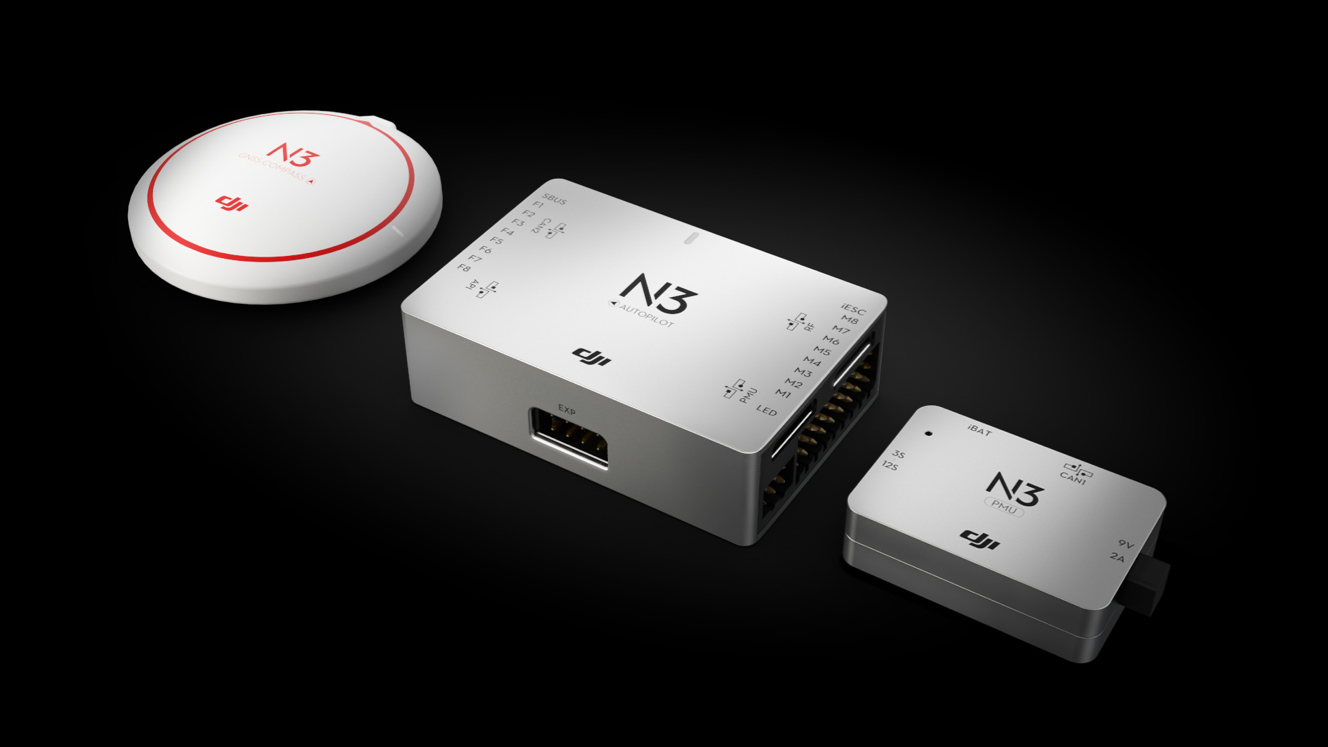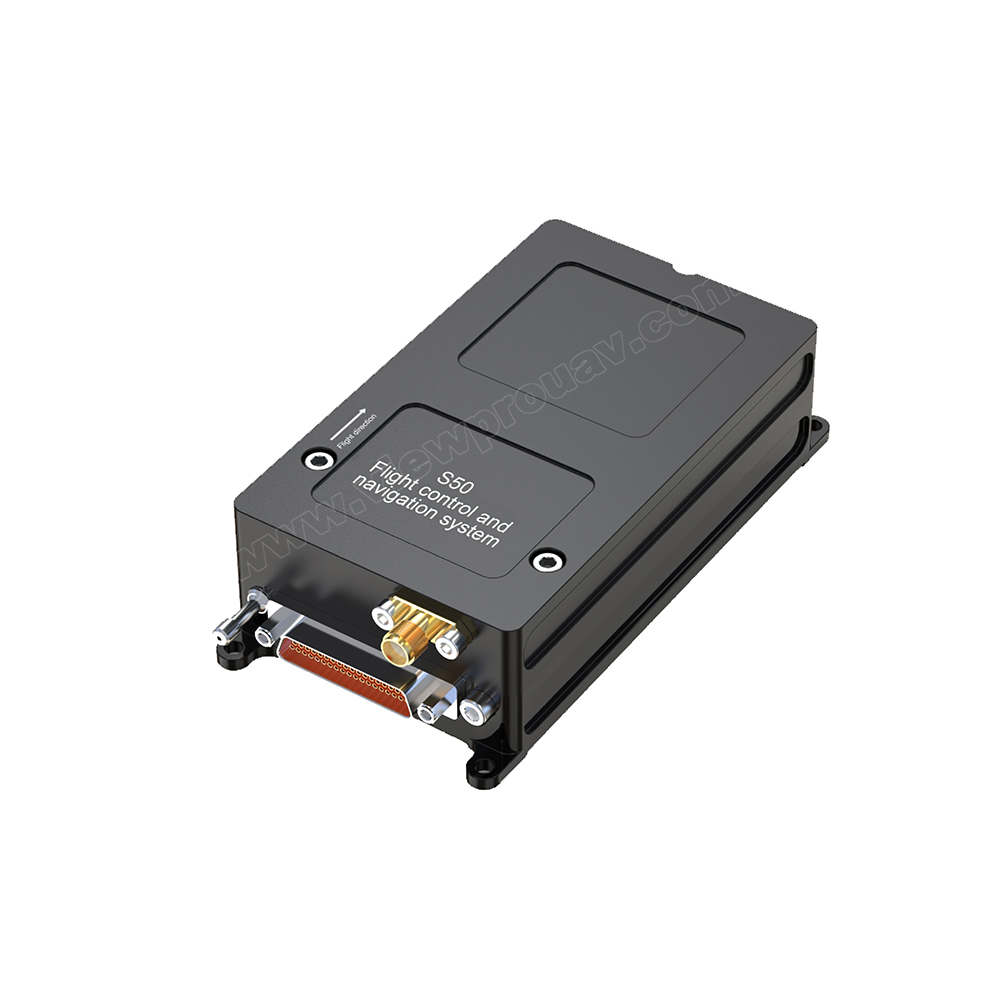SparkNavi Drone Flight Controller and GNSS/INS Made in Taiwan: Precision and Innovation
SparkNavi Drone Flight Controller and GNSS/INS Made in Taiwan: Precision and Innovation
Blog Article
Discovering the Role of Drone Trip Controllers in Enhancing Trip Stability and Navigating Efficiency
The development of drone innovation has substantially increased the importance of flight controllers, which serve as the mind of these airborne lorries. By incorporating real-time information from an array of sensors, trip controllers boost trip security and navigating performance, making certain that drones can run efficiently even in complicated atmospheres.

Comprehending Flight Controllers
Flight controllers are essential components in the functioning of drones, functioning as the minds that maintain and take care of flight operations. These advanced gadgets process data from various sensors, consisting of accelerometers, gyroscopes, and GPS, to ensure that the drone maintains its intended flight path. The flight controller analyzes this information and performs commands based upon pre-defined formulas, enabling the drone to react to environmental modifications, such as wind or barriers.
The key feature of a flight controller is to maintain stability throughout trip. It achieves this by making real-time modifications to the drone's motors and control surfaces, ensuring equilibrium and control. In addition, contemporary flight controllers integrate sophisticated functions such as waypoint navigation, enabling automated trip paths and improved operational performance.
Comprehending the style of trip controllers is essential for both enthusiasts and professionals. As technology developments, trip controllers have come to be much more small and qualified, incorporating synthetic knowledge to adapt and boost decision-making procedures to complicated trip scenarios.
Secret Elements of Flight Stability
Accomplishing optimum flight stability in drones relies upon several essential elements that operate in performance to make sure smooth and controlled operations. Central to this security is the trip controller itself, which refines information from various sensing units to keep the desired flight attitude. This includes accelerometers and gyroscopes that determine activity and orientation, permitting real-time modifications to the drone's placement.
An additional critical component is the electronic rate controllers (ESCs), which regulate the power delivered to the electric motors. By finely adjusting motor speeds in reaction to flight controller commands, ESCs help maintain balance and counteract disturbances brought on by wind or unexpected activities.
In addition, the layout of the drone's structure plays a pivotal function in flight security. A well-structured structure lessens resonances and improves the general aerodynamic profile, contributing to smoother flight characteristics. Ultimately, the assimilation of innovative algorithms within the flight controller aids in predictive changes, ensuring a adaptable and responsive flight experience.
Together, these components create a cohesive system that enhances a drone's security, permitting for specific handling and improved efficiency in different trip problems.
Navigation Performance Methods
Efficiency in navigating is crucial for maximizing drone operations, specifically in complicated environments. Reliable navigation strategies improve the capacity of drones to traverse tough surfaces and avoid barriers, thus improving functional effectiveness and safety.
One famous technique is the execution of advanced GPS and inertial measurement units (IMUs) that supply precise area tracking and positioning information. These modern technologies allow drones to compute optimal trip paths in real-time, thinking about different elements such as wind problems and potential barriers.
Another strategy entails using formulas for path planning and optimization. Formulas such as A * and Dijkstra's formula can be released to establish the most reliable path while decreasing power intake and flight time. Incorporating machine knowing models can allow drones to adaptively find out from their settings, improving navigation capabilities via experience.

Effect on Autonomous Drones
The combination of sophisticated navigating methods has actually greatly changed the capacities of autonomous drones, allowing them to run with better freedom and accuracy. SparkNavi drone flight controller and GNSS/INS made in a fantastic read taiwan. These improvements are largely attributed to sophisticated flight controllers that utilize real-time data handling and sensing unit blend, permitting drones to navigate complex Check Out Your URL settings seamlessly
The influence on independent drones expands past plain navigating; it incorporates boosted challenge avoidance, improved security during dynamic conditions, and increased goal integrity. By leveraging algorithms that integrate device learning and expert system, drones can adjust to altering conditions, making informed decisions that maximize their trip paths while minimizing risks.
In addition, the implementation of robust flight controllers has actually facilitated the implementation of complicated tasks, such as airborne assessments, delivery services, and farming monitoring, with marginal human intervention. This capability not just improves operations yet likewise lowers human mistake, thereby boosting general safety and security.
As a result, the functional range of independent drones has increased significantly, making them crucial devices in numerous markets. Their capacity to carry out successfully in diverse circumstances emphasizes the vital duty that advanced trip controllers play fit the future of unmanned aerial systems.
Future Patterns in Flight Control
Regularly, developments in trip control modern technology are poised to redefine the landscape of drone procedures in the coming years. Arising trends suggest a significant change in the direction of enhanced expert system (AI) integration, allowing trip controllers read this to refine real-time data much more successfully. This advancement will help with enhanced decision-making capacities, enabling drones to adjust to vibrant ecological problems autonomously.
Furthermore, the application of equipment understanding algorithms is anticipated to boost anticipating upkeep, therefore minimizing downtime and extending the lifecycle of drone elements. This aggressive approach to maintenance will be vital as drone applications broaden throughout different markets, from agriculture to logistics.

.jpg)
Last but not least, advancements in protected communication protocols will attend to safety and security and governing concerns, ensuring that drones can operate perfectly in overloaded airspaces (SparkNavi drone flight controller and GNSS/INS made in taiwan). Collectively, these patterns direct in the direction of a future where flight control systems are not only smarter and much more also qualified but reliable of running safely in a progressively integrated airspace
Conclusion
Finally, drone flight controllers are essential to boosting trip stability and navigation effectiveness through the innovative handling of sensing unit data. By preserving ideal trip perspectives and utilizing innovative formulas for path optimization and obstacle avoidance, these controllers substantially add to the freedom and functional security of drones. As modern technology remains to evolve, even more improvements in trip control systems are expected, assuring better performance and expanded capabilities in the realm of unmanned aerial cars.
By integrating real-time data from a range of sensing units, trip controllers boost trip security and navigating effectiveness, making sure that drones can operate smoothly also in complicated atmospheres.Flight controllers are integral parts in the performance of drones, serving as the brains that stabilize and manage flight operations. In addition, modern flight controllers incorporate advanced features such as waypoint navigating, permitting for automated flight paths and improved functional efficiency.
Central to this security is the trip controller itself, which refines data from various sensing units to maintain the wanted flight attitude.In conclusion, drone trip controllers are indispensable to improving flight stability and navigation efficiency via the advanced processing of sensing unit data.
Report this page